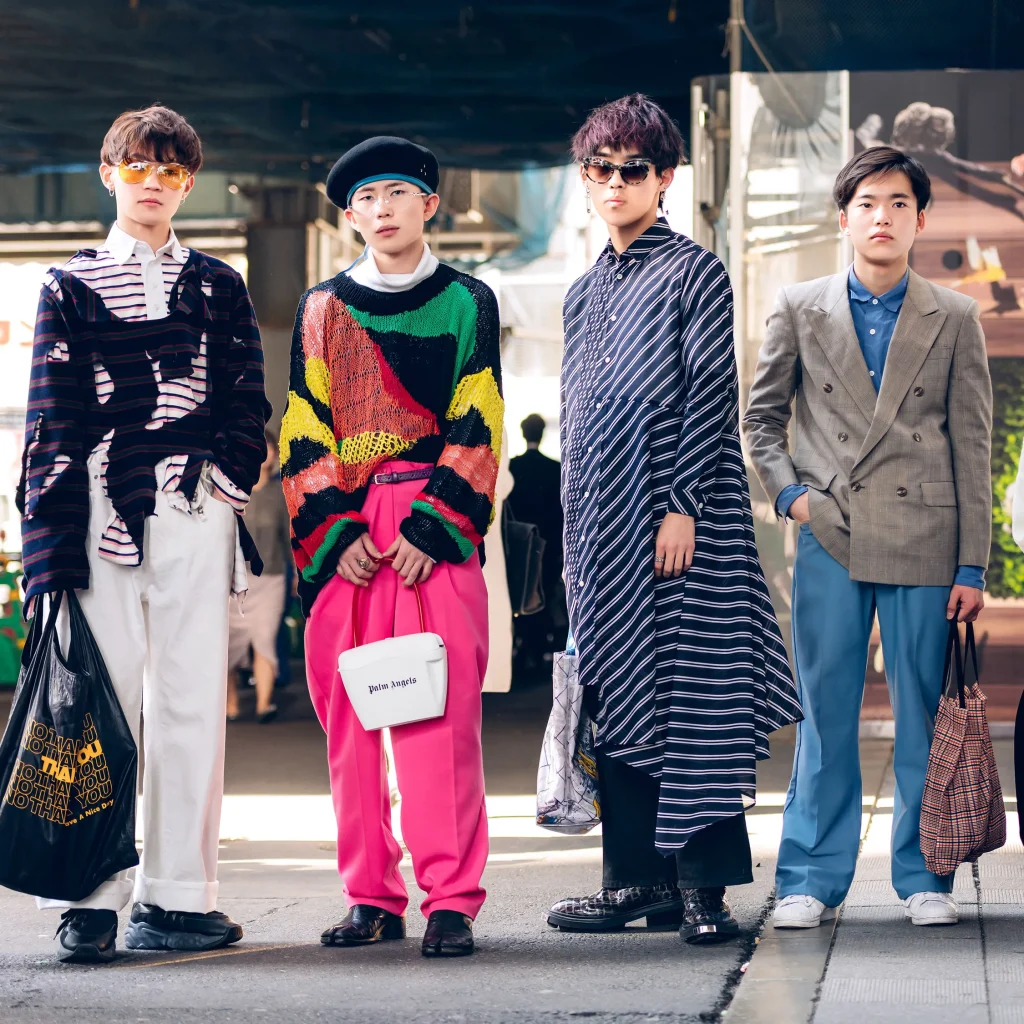Welcome to the vibrant streets of Tokyo, where fashion is more than just a trend – it’s a way of life. In this bustling metropolis, an urban fashion revolution has taken hold, captivating the world with its unique blend of creativity, innovation, and self-expression. Tokyo’s street style scene is a melting pot of fashion subcultures, where individuals confidently showcase their personal style, pushing boundaries and redefining the norms. Join us as we delve into this captivating world, exploring the evolution, influences, and remarkable stories that have shaped Tokyo’s street style landscape.
The Genesis of Tokyo Street Style
In the midst of the neon-lit cityscape, Tokyo’s street style emerged as a force to be reckoned with. The birth of this fashion phenomenon can be traced back to the 1970s, a time of cultural revolution and self-discovery. Inspired by Western influences and fueled by a desire for individuality, young Tokyoites began experimenting with their looks, blending elements of punk, rockabilly, and hip-hop.
Harajuku, a vibrant district in Tokyo, played a pivotal role in the evolution of street style. Its streets became a stage for fashion-forward individuals to express their creativity freely. Harajuku’s unique mix of alternative fashion boutiques, thrift stores, and pop culture influenced a generation of trendsetters, who embraced a style that defied conventions.
The rise of Japanese street fashion magazines, such as Fruits and Street, further propelled Tokyo’s street style into the limelight. These publications showcased the boldest and most eye-catching fashion statements, capturing the attention of fashion enthusiasts worldwide. Tokyo’s street style had officially arrived, and its impact would be felt far beyond the city’s borders vivid coat painting.

The Kaleidoscope of Tokyo Street Style
Tokyo’s street style is a kaleidoscope of diverse fashion subcultures, each with its own distinctive flair and following. Let’s explore some of the most prominent and fascinating subcultures that have shaped Tokyo’s sartorial landscape:
- Gothic Lolita: This subculture combines Victorian and Rococo influences with a dark twist. Elaborate dresses, petticoats, and lace accessories are paired with Gothic makeup and hairstyles, creating an ethereal yet edgy aesthetic.
- Harajuku Decora: Known for its vibrant and colorful ensembles, Harajuku Decora is all about accessorizing to the extreme. Layered with bright accessories, bows, and trinkets, the style is a playful celebration of youthful exuberance.
- Gyaru: Originating in the 1990s, Gyaru fashion embraces a glamorous and hyper-feminine look. It features heavy makeup, tanned skin, and voluminous hair, combined with flashy clothing and accessories.
- Kawaii: “Kawaii,” meaning cute in Japanese, is a style characterized by its childlike innocence and charm. Pastel colors, frilly dresses, oversized bows, and adorable motifs are the hallmarks of this whimsical fashion movement.

Conclusion
Tokyo’s street style continues to evolve and captivate the fashion world with its boundless creativity and fearless self-expression. The streets of Harajuku, Shibuya, and other fashion-forward districts in the city serve as a canvas for individuals to showcase their unique style narratives. Whether it’s Gothic Lolita, Harajuku Decora, Gyaru, or Kawaii, Tokyo’s fashion subcultures embody a spirit of individuality, inspiring countless designers, influencers, and fashion enthusiasts around the globe. So, next time you find yourself strolling through the lively streets of Tokyo, keep your eyes peeledfor the awe-inspiring fashion statements that will undoubtedly leave you mesmerized. Tokyo street style is a captivating urban fashion revolution that shows no signs of slowing down, and it’s a phenomenon that you won’t want to miss out on.



